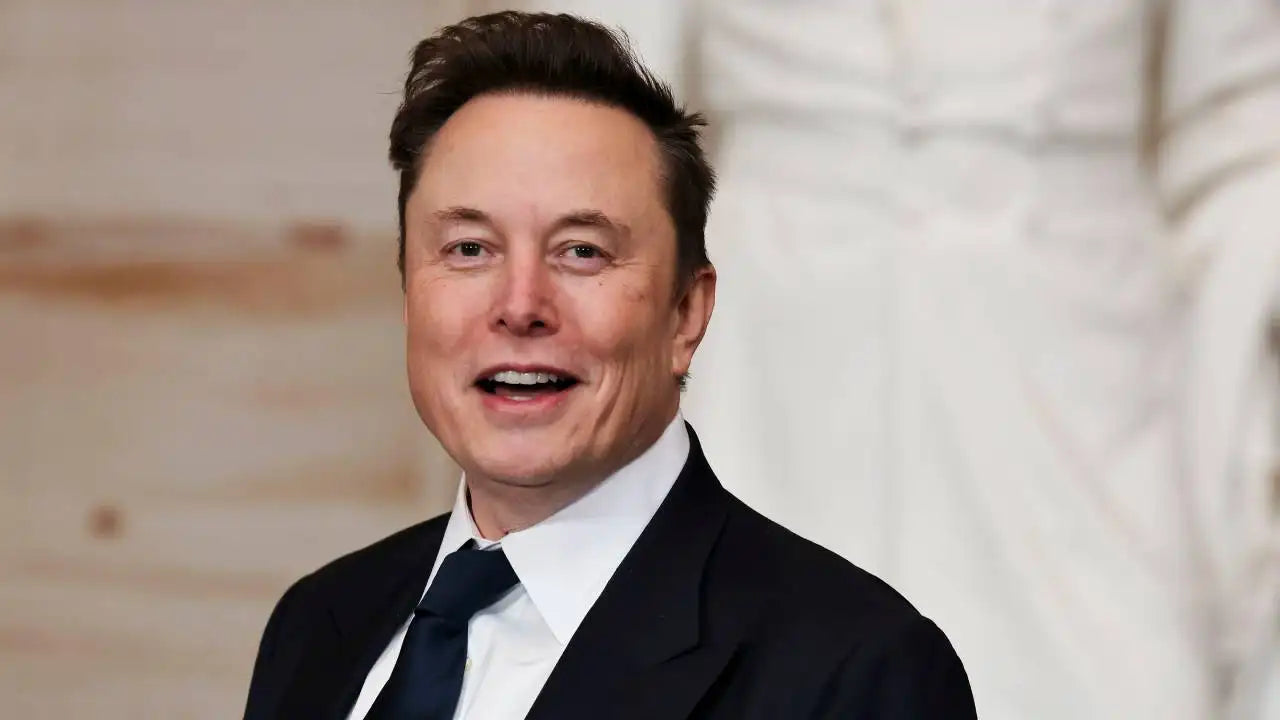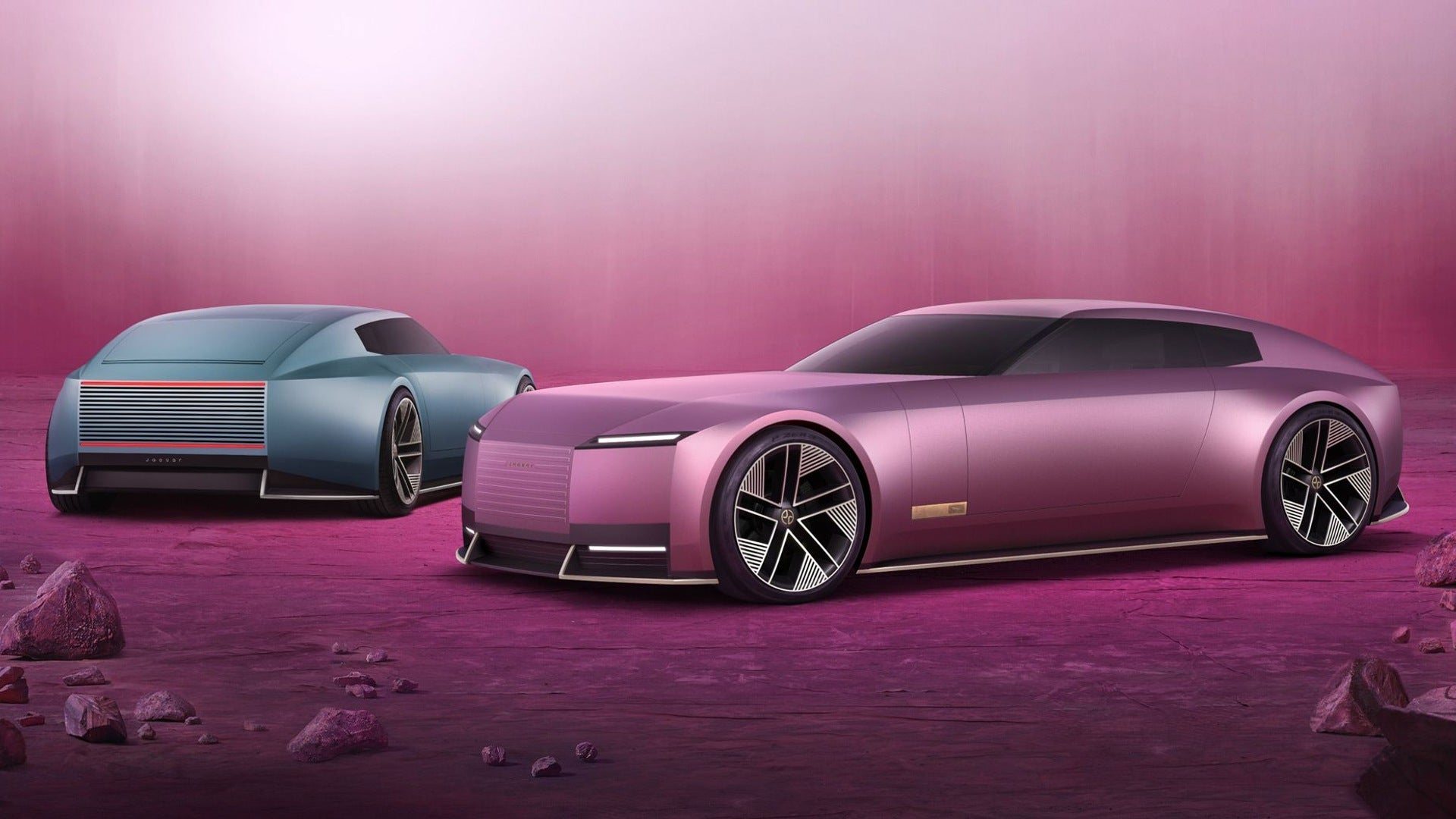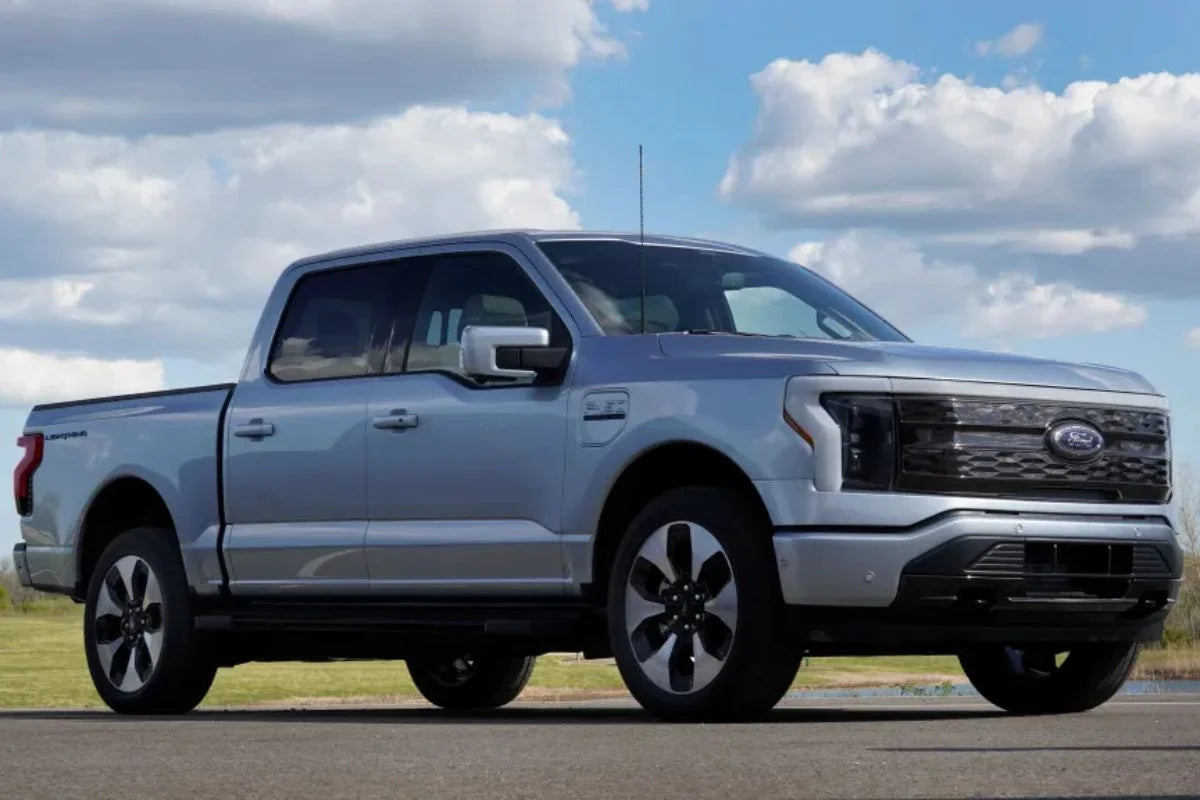In today’s fast-evolving corporate landscape, the emergence of multiventure CEOs—leaders who simultaneously helm multiple high-profile enterprises—has become increasingly common. Elon Musk, with his stewardship of Tesla, SpaceX, Neuralink, xAI, and formerly Twitter (now X), is perhaps the most prominent example. But others like Jack Dorsey (formerly Twitter and Square) and Jeff Bezos (Amazon and Blue Origin) reflect a broader trend. These high-profile executives often attract admiration for their visionary leadership—but also criticism for potential conflicts of interest and divided focus. Is this model a new form of executive efficiency, or does it threaten long-term organizational health?
The Appeal of Multiventure Leadership
-
Visionary Synergy
Many multiventure CEOs argue that running complementary businesses allows them to leverage synergies. For instance, Elon Musk’s involvement in AI (xAI), social platforms (X), and EVs (Tesla) enables shared R&D benefits, cross-pollination of talent, and brand alignment under a futuristic tech vision. -
Agility and Speed
Multiventure leaders often have a bias for action and fast execution. This trait is critical in industries undergoing rapid change—like EVs, AI, and aerospace—where bureaucracy can hinder progress. Their “founder’s mentality” supports bold decision-making and a high-risk appetite. -
Investor Confidence
For many investors, a charismatic, high-profile CEO represents a value proposition in itself. Markets often reward companies led by bold entrepreneurs who promise long-term vision, even at the expense of short-term returns.
The Risks of Overextension
-
Divided Attention
The most common concern is bandwidth. Managing one high-growth company is a 24/7 job. Running multiple can lead to operational lapses. In Tesla’s case, critics argue that Musk’s attention is too often diverted to X or xAI, while EV sales slip and innovation timelines delay. -
Strategic Drift
Juggling multiple companies may lead to strategic inconsistency. A CEO with competing priorities might miss key market signals or fail to address execution problems quickly. For instance, Tesla's decline in sales in several markets coincided with Musk’s political and social distractions elsewhere. -
Corporate Governance Risks
Conflicts of interest can arise when the same CEO makes capital allocation or partnership decisions that benefit one venture at the expense of another. Shareholders may demand clarity and legal safeguards—especially when one public company (e.g., Tesla) is considering investments in another (e.g., xAI), owned or founded by the same executive.
Case Study: Elon Musk and the xAI Proposal
Recently, Musk announced Tesla shareholders would vote on whether the automaker should invest in his AI startup xAI. This move follows reports that SpaceX, another Musk-led company, invested $2 billion in xAI from a recent fundraising round. While proponents claim this reflects long-term synergy—integrating Grok AI into Tesla vehicles and Optimus robots—critics warn of opaque value transfer and a potential breach of fiduciary duty.
Moreover, Tesla’s declining sales in Europe and tensions related to Musk’s political affiliations have raised concerns about distraction and brand dilution. As Tesla transitions toward its robotaxi and AI-powered future, investor scrutiny of Musk’s multitasking is likely to intensify.
Balancing Innovation with Responsibility
For multiventure CEOs to succeed sustainably, the following best practices are essential:
-
Transparent Governance Structures
Ensure that each board has independent directors empowered to oversee executive decisions and intercompany transactions. -
Clear Strategic Boundaries
Maintain separation in business models and public communication, so investors and customers understand the core mission of each entity. -
Delegation and Succession Planning
Effective delegation to empowered, experienced executives is vital. The CEO’s role must shift from direct operator to strategic steward across ventures. -
Regular Shareholder Communication
Proactively address concerns about divided focus and explain how synergies will be created without cannibalization or risk misalignment.
Looking Ahead: Efficiency or Liability?
Multiventure CEOs are not inherently problematic. In some cases, they accelerate innovation and transform entire industries. But without rigorous safeguards, this leadership model risks creating more confusion than clarity.
As the lines between hardware, software, and AI continue to blur, we may see more leaders attempt this path. However, they must walk a fine line: delivering on multiple bold visions without sacrificing fiduciary responsibility, focus, or transparency.
Whether the rise of multiventure CEOs signals the future of executive leadership or merely a charismatic trend remains to be seen. But one thing is clear: the stakes are higher than ever.
Recommend Reading: Tesla Faces Brand Loyalty Crisis as Trade-Ins Surge and Rivals Gain Ground








Share:
Lithium-ion Batteries and EVs: Powering the Electric Revolution
Tesla vs. BYD: Who’s Winning the EV War?